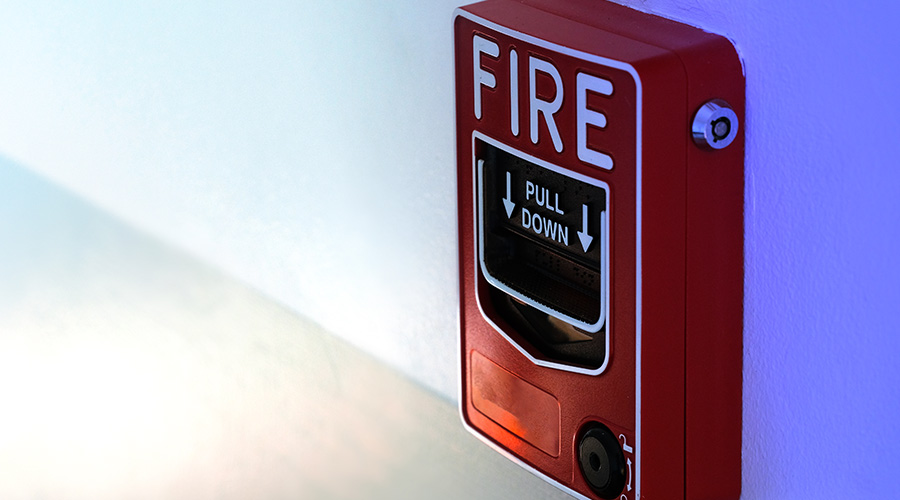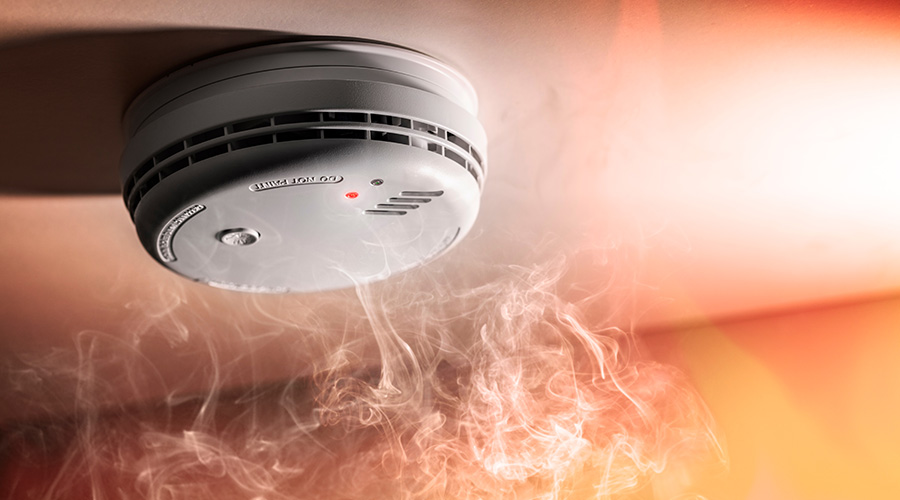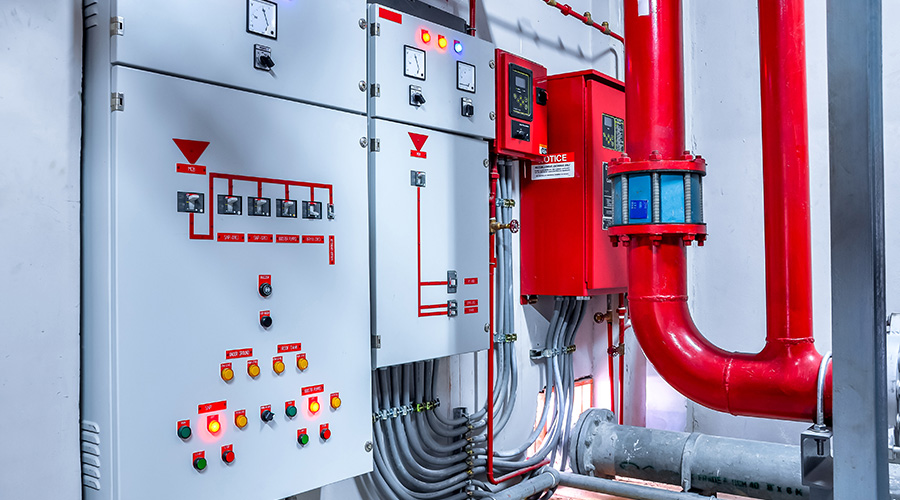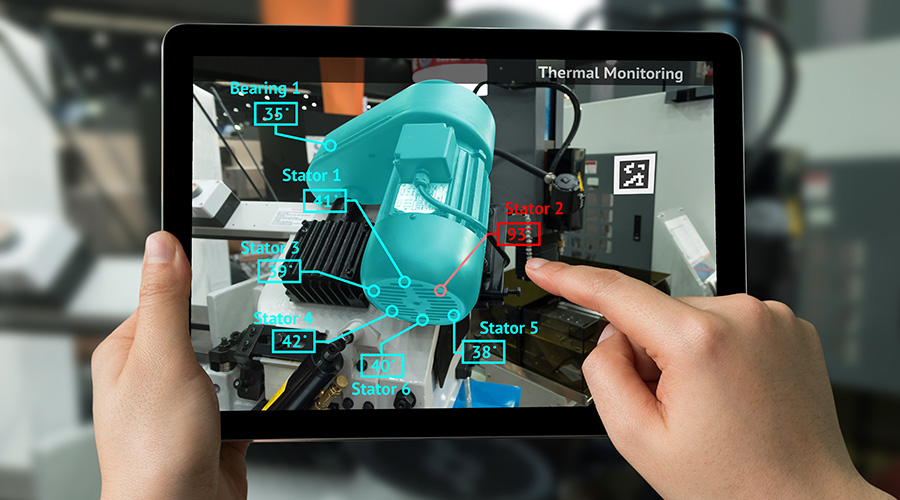OSHA Requirements for Fire Alarm Notification Systems
Volume can be a concern for fire alarm systems.
Fire alarm systems perform a vital role in protecting people and property in all types of commercial and institutional buildings. They are governed by a complex web of requirements determined by codes, insurance carriers, government regulations, corporate goals, building occupancy, and physical elements of the building itself, among others.
This series covers questions relating to notification appliances.
1. Do any OSHA regulations apply to notification appliances?
There are OSHA guidelines for the loudness and duration of sound to which the listener may be exposed in a specific location. The limit of 110 dBA has been set as a reasonable upper limit for the performance of a system. For workers who may be exposed to high sound levels over the course of a 40-year employment history, OSHA has established a maximum permitted dose before a hearing conservation program must be implemented. A worker exposed to 120 dBA for 7.5 minutes a day for 40 years might be in danger of suffering a hearing impairment. The OSHA regulation includes a formula to calculate the amount allowed for situations where a person is exposed to different sound levels for different periods of time. The maximum permitted by the regulation is an 8-hour equivalent dose of 90 dBA.
With the notification appliances in a fire alarm system, the requirement is they be sufficiently loud (15 dBA above ambient) to ensure that all hear the alarm and evacuate accordingly. The length of exposure is limited to the amount of time it takes for evacuation and does not approach the limits set by OSHA. If a contractor wishes to sound the notification appliances for any length of time so that sound levels can be measured, this test should occur during unoccupied times of the building.
2. My fire alarm system is too loud. Does NFPA 72 allow me to remove notification appliances to make the system less intrusive?
No. The primary goal of the notification portion of a fire alarm system is to be intrusive to encourage evacuation. If there is a specific concern in a specific location, then that can be reviewed by a fire protection engineer or fire alarm vendor.
3. I have a machine shop (or a similar environment) in my facility and the fire alarm signals cannot be heard; what are my options under NFPA 72?
The building and life safety code, as well as OSHA requirements for industrial facilities, require that the alarm signals be heard by all the occupants of the building. (See question 14 for more on OSHA regulations.) NFPA 72 states in chapter 18 that, in all areas of high noise, a visual appliance is required for the alarm notification signal.
In such spaces, it may also be possible to raise the strength of the audible signal to ensure that the signal can be heard by workers wearing hearing protection. Careful analysis is required before the latter step is taken. It is important to understand that the total sound pressure level produced by combining the ambient sound pressure level with all audible notification appliances operating in your high noise area cannot exceed 110 dBA at the minimum hearing distance, per OSHA requirements. This requirement is to prevent hearing damage. The high intensity strobes can also be used to direct the occupant of the space to the exits where a monitor could be installed providing a message directing them to take specific action.
Wayne D. Moore is a licensed professional fire protection engineer with over 45 years of engineering experience. Moore currently serves on the NFPA 72 Correlating Committee and Chapter 24 Technical Committee (past Chair), as well as being an editor of five editions of the “National Fire Alarm Code Handbook.”
Larry D. Rietz, is a NICET Level IV Certified fire alarm designer with more than 29 years of life safety industry experience. Rietz is Vice President and Global Service Line Leader for Fire Detection and Alarm for Jensen Hughes and serves on the NFPA 72 Chapter 24 and 12, 21, & 23 Technical Committees.
Related Topics:















